Two studies point to a set of neurons that regulates states of torpor.
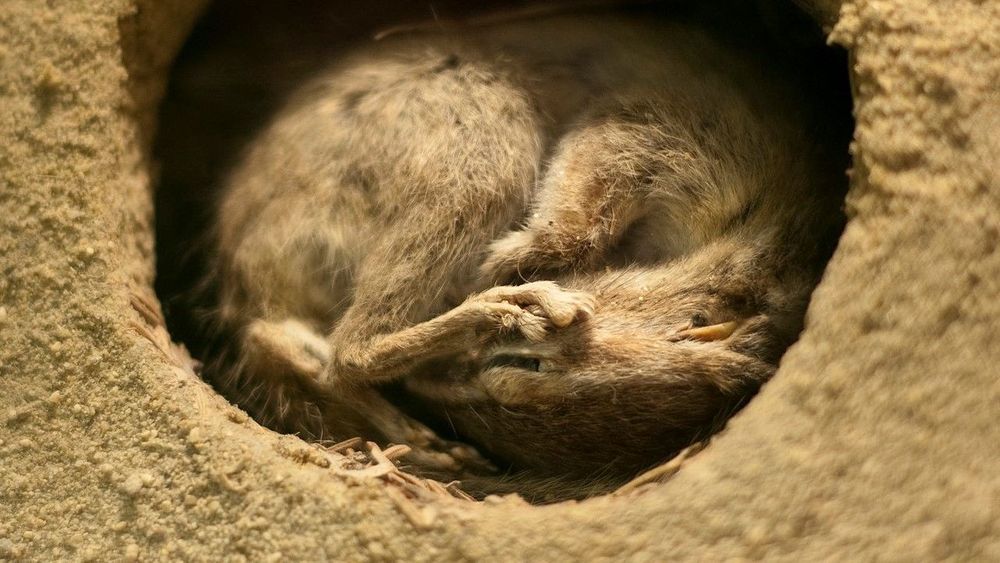

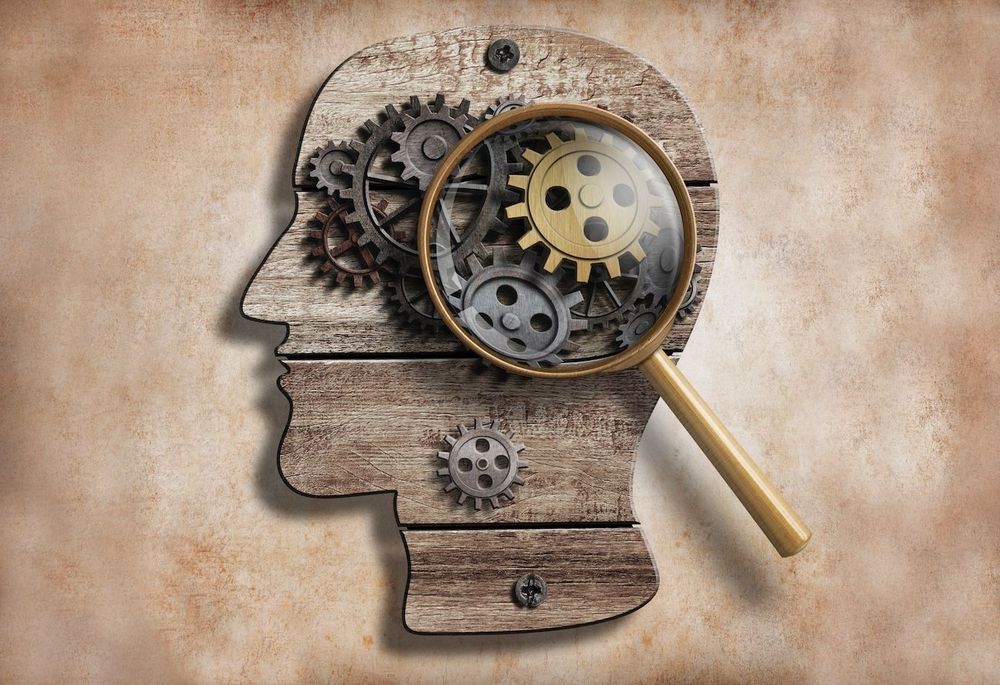
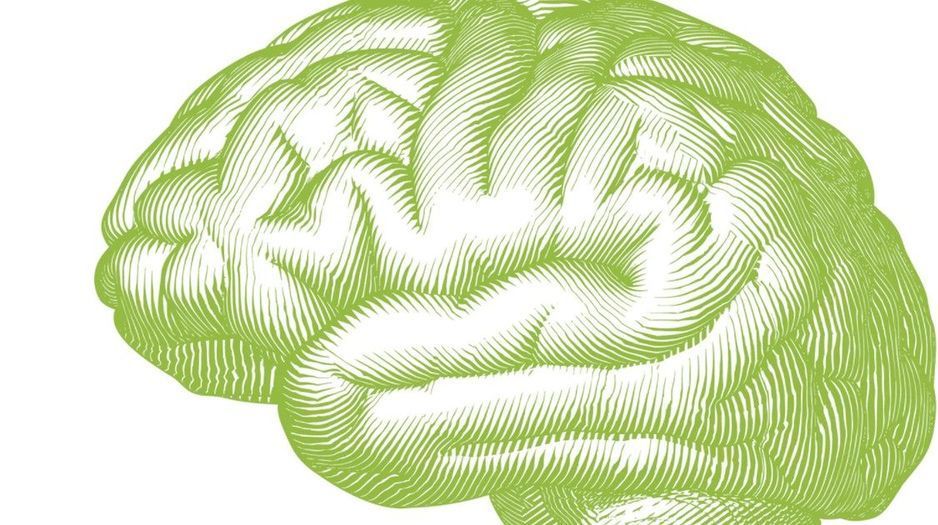
In other words, practicing the arts can be used to build capacity for managing one’s mental and emotional well-being.
Neuroesthetics — With recent advances in biological, cognitive, and neurological science, there are new forms of evidence on the arts and the brain. For example, researchers have used biofeedback to study the effects of visual art on neural circuits and neuroendocrine markers to find biological evidence that visual art promotes health, wellness, and fosters adaptive responses to stress.

Music, Sounds & Frequencies for self transformation, healing and the expansion of consciousness
HEALING FREQUENCIES FOR THE CHAKRAS & MERIDIANS
https://goo.gl/JMmQcZ
FOR BALANCE & HARMONY
https://goo.gl/1JRWoL
SUPER TONIC HERBS
https://goo.gl/MVxFWh
ELECTROMAGNETIC FIELDS ELECTROMAGNETIC HEALING FIELDS
https://goo.gl/pv1drW
ELECTROMAGNETIC FIELDS+FREQUENCIES
https://goo.gl/BMT63Z
HEALING MUSIC HEALING MUSIC
https://goo.gl/g2s5y5
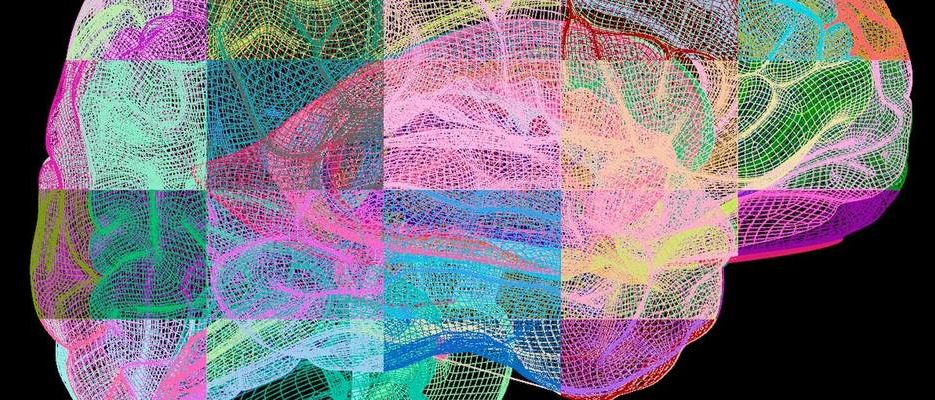
While modern, scientific understanding of this complex network of neurons between our ears really only began in the last few decades, we’ve already learned a lot about the body’s control center — and have been given a lot to think about.
In this episode of The Abstract, we discuss the groundbreaking research in brain-computer technology offering new hope in restoring sensations and treating anxiety.
Our first story is about groundbreaking research in brain-computer interfaces that’s offering new hope for those who have lost their sense of touch. By decoding neural signals from the brain, researchers were able to create movement and sensory perception in paralyzed limbs. Innovations like these in sense-restoring technology could be life-changing for spinal cord patients and make a devastating loss of sensation reversible.

Being a late-riser suggests you could have more grey matter in your brain, a study from Brunel University London has shown.
A new survey of thousands of MRI scans revealed that people with a preference for waking up in the late hours of one morning, and going to bed in the early hours of the next, are likely to have a higher volume of grey matter in their precuneus, a key area of the brain associated with social behaviour.
Previous studies have shown that lower volumes of grey matter are associated with how empathetic or cooperative a person is, traits that scientists have also previously found correlate with being an early bird, suggesting such personality traits could be underpinned by a physical signature.

Accelerating progress in neuroscience is helping us understand the big picture—how animals behave and which brain areas are involved in bringing about these behaviors—and also the small picture—how molecules, neurons, and synapses interact. But there is a huge gap of knowledge between these two scales, from the whole brain down to the neuron.
A team led by Christos Papadimitriou, the Donovan Family Professor of Computer Science at Columbia Engineering, proposes a new computational system to expand the understanding of the brain at an intermediate level, between neurons and cognitive phenomena such as language. The group, which includes computer scientists from Georgia Institute of Technology and a neuroscientist from the Graz University of Technology, has developed a brain architecture that is based on neuronal assemblies, and they demonstrate its use in the syntactic processing in the production of language; their model, published online June 9 in PNAS, is consistent with recent experimental results.
“For me, understanding the brain has always been a computational problem,” says Papadimitriou, who became fascinated by the brain five years ago. “Because if it isn’t, I don’t know where to start.”

Despite pigheaded intransigence at the highest levels of its national government, the renewable energy revolution is coming to Australia in a big way. And why not? Enough sunlight hits what Bill Bryson calls “a sunburned country” every day to meet all of humanity’s energy needs for a year. All it has to do is figure out how to harvest and distribute all that energy. (It could begin by replacing its national leaders with people who possess actual functioning brains, but the same can be said for many nations around the world.)
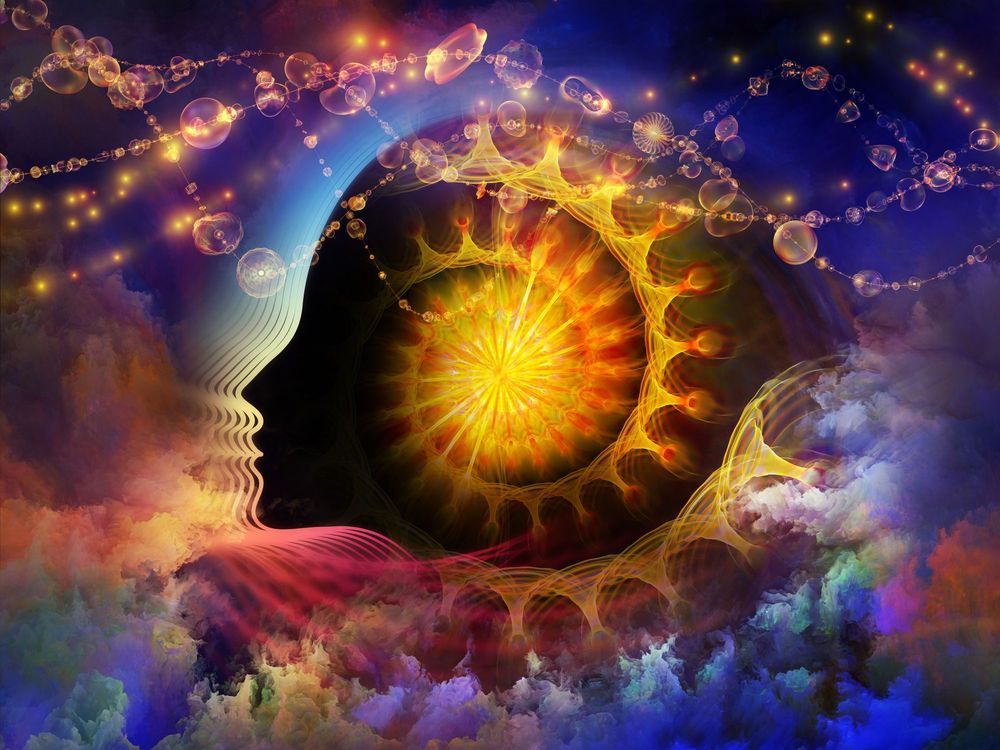
“And by answering the question, how do psychedelics work, we also inadvertently shine a light on other questions science has shied away from for decades. How do our brains generate our sense of self? What is the neurochemistry of consciousness?”
New research asks, how does psilocybin create a feeling of ego dissolution, and what chemicals in the brain create our subjective sense of self?
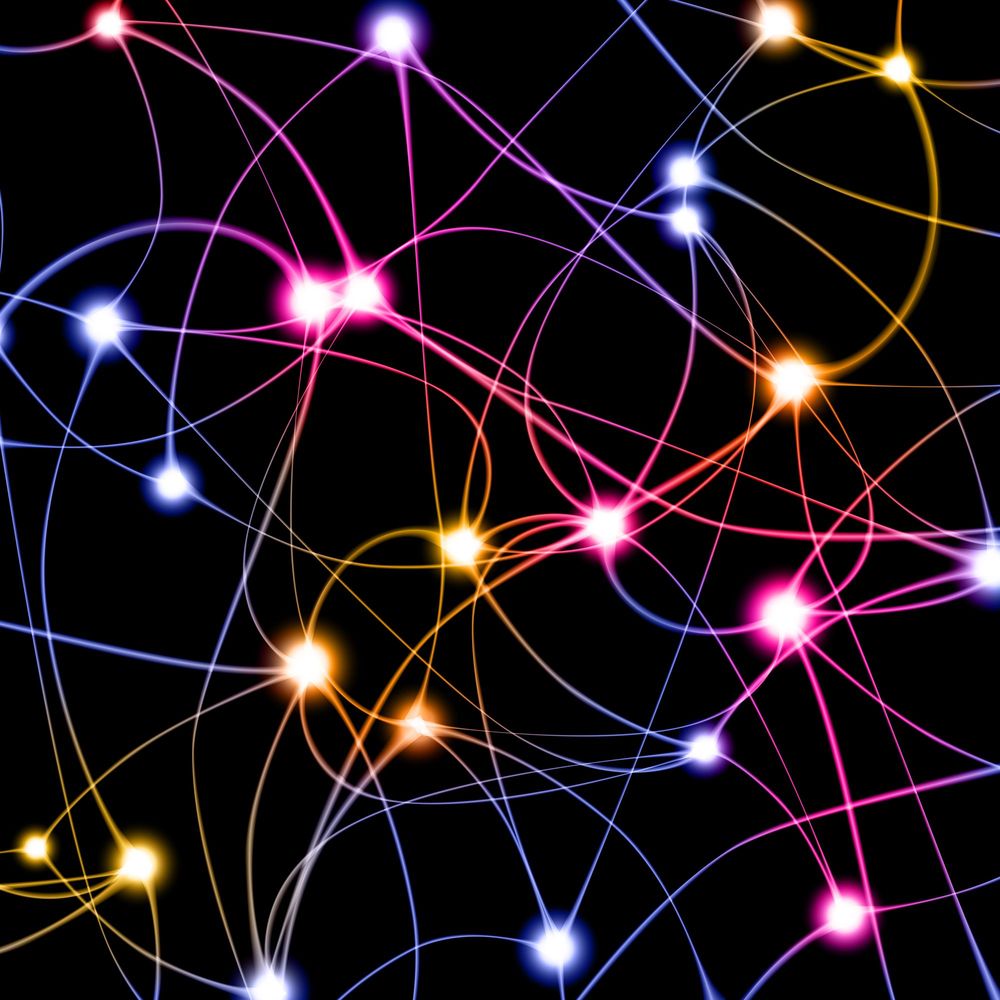
Researchers in Germany have discovered a new mechanism by which Alzheimer’s disease impairs memory recall – and, importantly, found a way to reverse it in mice. Neurons encoded with existing memories are being drowned out by noise from neurons encoding new experiences, and silencing these allowed the mice to regain lost memories.
The hippocampus is the region of the brain responsible for encoding experiences into memories, by building networks of neurons that store the information. When we recall a previous situation, those same neurons are activated. But when Alzheimer’s strikes, the hippocampus is usually one of the first brain regions to go. This manifests as the familiar memory loss and confusion that patients suffer from.
It was previously thought that the disease impairs the neurons containing memories so that they can’t be activated during recall, and eventually the memory they hold is lost. But the new study, from researchers at the German Center for Neurodegenerative Diseases (DZNE), found a different mechanism at work.